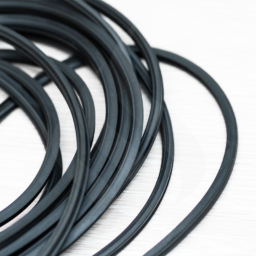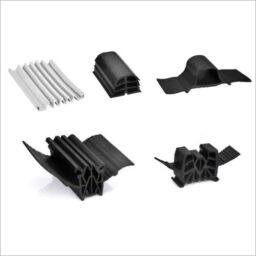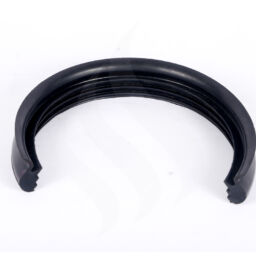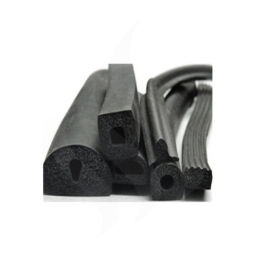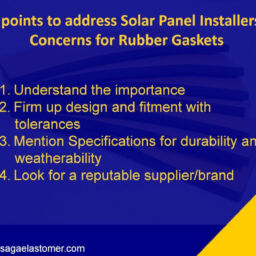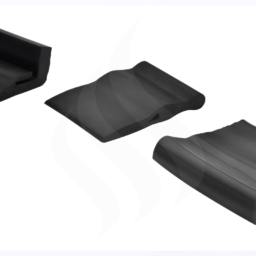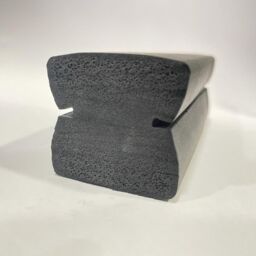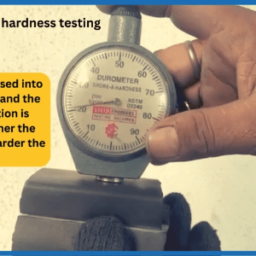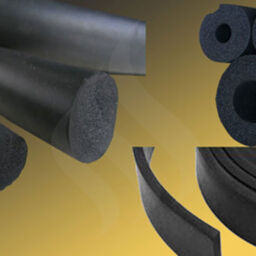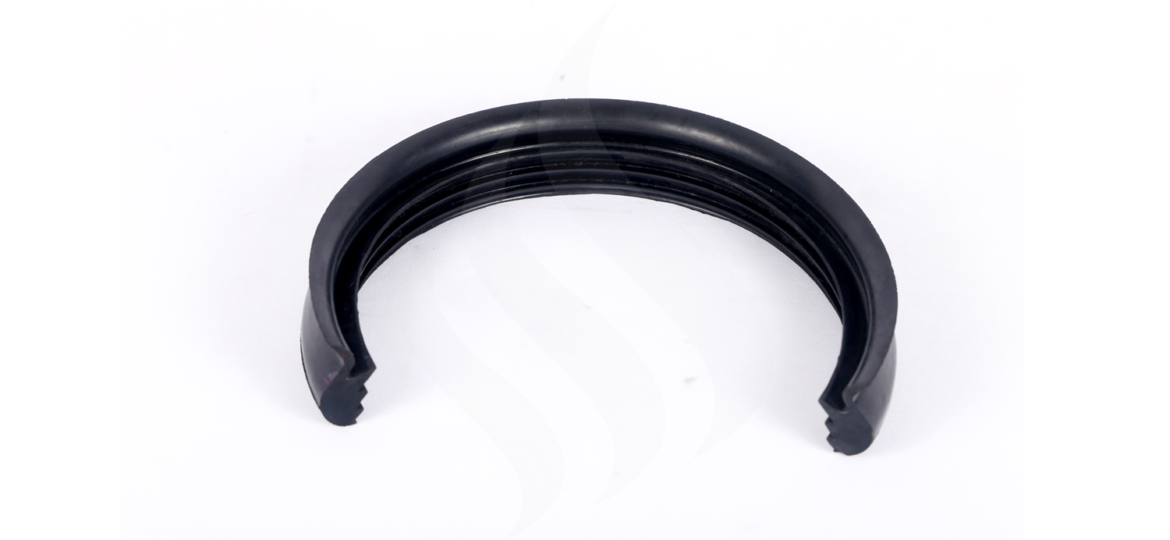
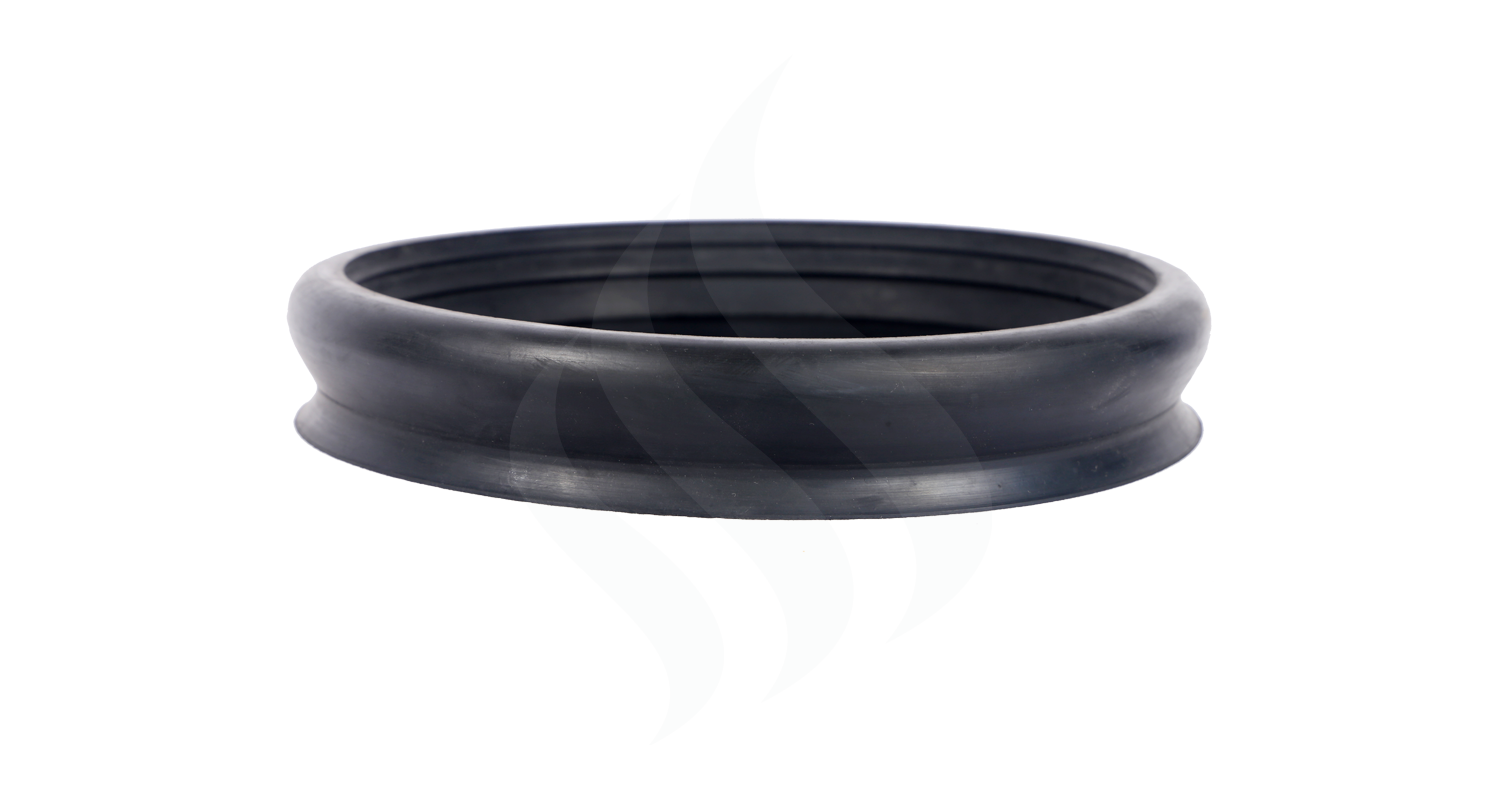
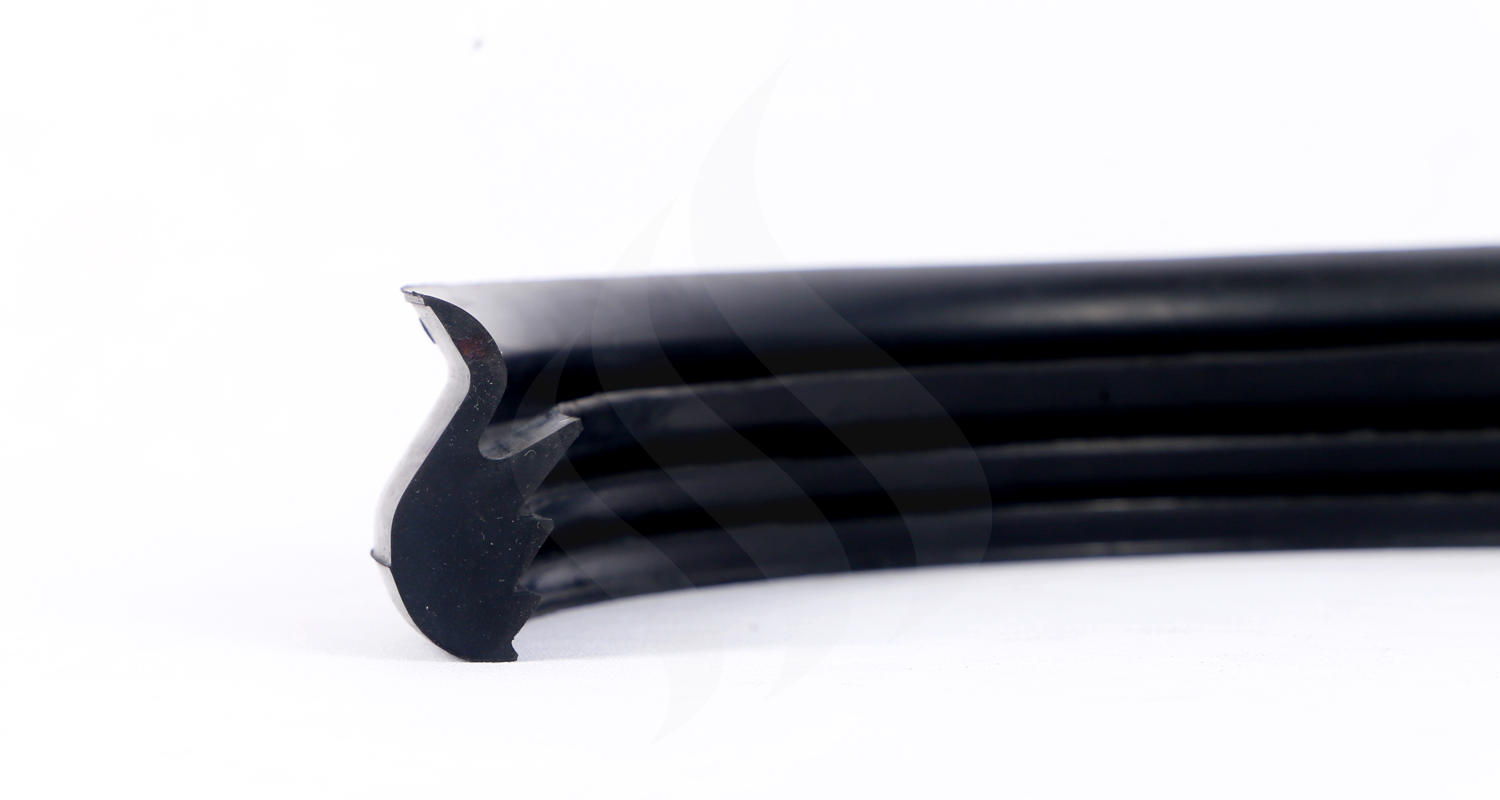
Pipe seals are an essential component of pipelines that transport various liquids and gases, such as water, chemicals, oil, and gases. The selection of sealing materials is crucial and depends on the type of fluid or gas being transported. For instance, if the liquid is potable water, EPDM with specific standards must be used. On the other hand, non-potable water requires the use of EPDM or SBR seals/gaskets. For transporting oil, chemicals, and gases, NBR (Nitrile) seals/gaskets are used. Choosing the appropriate sealing material ensures the safe and efficient transportation of the fluid or gas, preventing leakage and damage to the pipeline.
One crucial step in the construction of pipelines is the proper installation of pipe sealing rings also called commonly as pipe seals or pipe gaskets, as it helps prevent leaks and water infiltration. In particular, installing EPDM sealing rings for pipe systems like GRP and concrete pipes can be difficult and failure in installing properly can even pose a risk to the safety of the public and the environment. Additionally, the installation process is often complicated by tight spaces, difficult angles, and other site-specific factors that can make it difficult to achieve a secure and reliable seal. In this blog post, we’ll discuss four common mistakes that contractors should avoid when installing EPDM sealing rings, and provide solutions to help ensure a successful installation.
Problems Faced by Pipe Sealing Contractors
EPDM sealing rings are commonly used in pipe systems like GRP and concrete pipes to ensure a reliable and long-lasting seal. However, installing these sealing rings can be challenging for pipe contractors. Some of the problems that they face include:
- Longevity of the seal– The seal is a critical part in the entire pipeline and it is very difficult to replace it often. The use of improper material can lead to leakages in pipes leading to heavy loss of material, damage surroundings, impact on environment and high cost of manpower.
- Compression Set: If the compression set is not accounted for, the sealing ring may fail to maintain its sealing force even with proper installation. Sealing force retention is a critical property for sealing rings used in pipe systems like GRP and concrete pipes. And if the sealing ring does not maintain its sealing force over time, it can lose its sealing properties, leading to leaks and potentially costly repairs or replacements.
- Tight spaces and difficult angles: The installation process is often complicated by tight spaces, difficult angles, and other site-specific factors that can make it difficult to achieve a secure and reliable seal.
- Compatibility issues: Using the wrong type of sealing ring for a specific pipe system can result in poor performance or even failure of the sealing ring.
- Elongation of gasket: Failing to properly prepare the pipe sealing rings, if the gasket has insufficient elongation properties, it may not be able to accommodate the expansion and contraction of the pipe due to temperature changes or ground movement, leading to the failure of the sealing ring and potential leaks.
Despite these challenges, there are several common mistakes that installers can avoid to ensure a successful installation. Here are four mistakes to watch out for:
Mistake 1: Using the Wrong Type of Sealing Ring
One of the most common mistakes that installers make is using the wrong type of sealing ring for the pipe system they are working with. For example, EPDM tear drop seals for concrete pipe are designed specifically for use with concrete pipes, and using them with other pipe materials can result in poor performance or even failure.
Mistake 2: Over-Tightening
Over-tightening the bolts can cause excessive compression and lead to deformation of the gasket. This can cause the gasket to lose its elasticity and lead to leaks. Contractors should carefully choose manufacturers who offer products that are designed to be easy to install and provide quality seals with the right compression set.
Mistake 3: Improper Alignment
Misaligned pipes can lead to misaligned gaskets, which can cause leaks. Contractors should ensure that the pipes are properly aligned before installing the gaskets. This can be achieved by using alignment tools and techniques such as string lines, lasers, and transit levels.
Mistake 4: Incorrect Gasket Size
Using the wrong size gasket can cause leaks, even if it is properly installed. Contractors should ensure that they select the correct size gasket for the pipe diameter and ensure that it fits snugly. This can be achieved by referring to the manufacturer’s specifications or consulting with a gasket supplier.
Solutions for Common Sealing Challenges
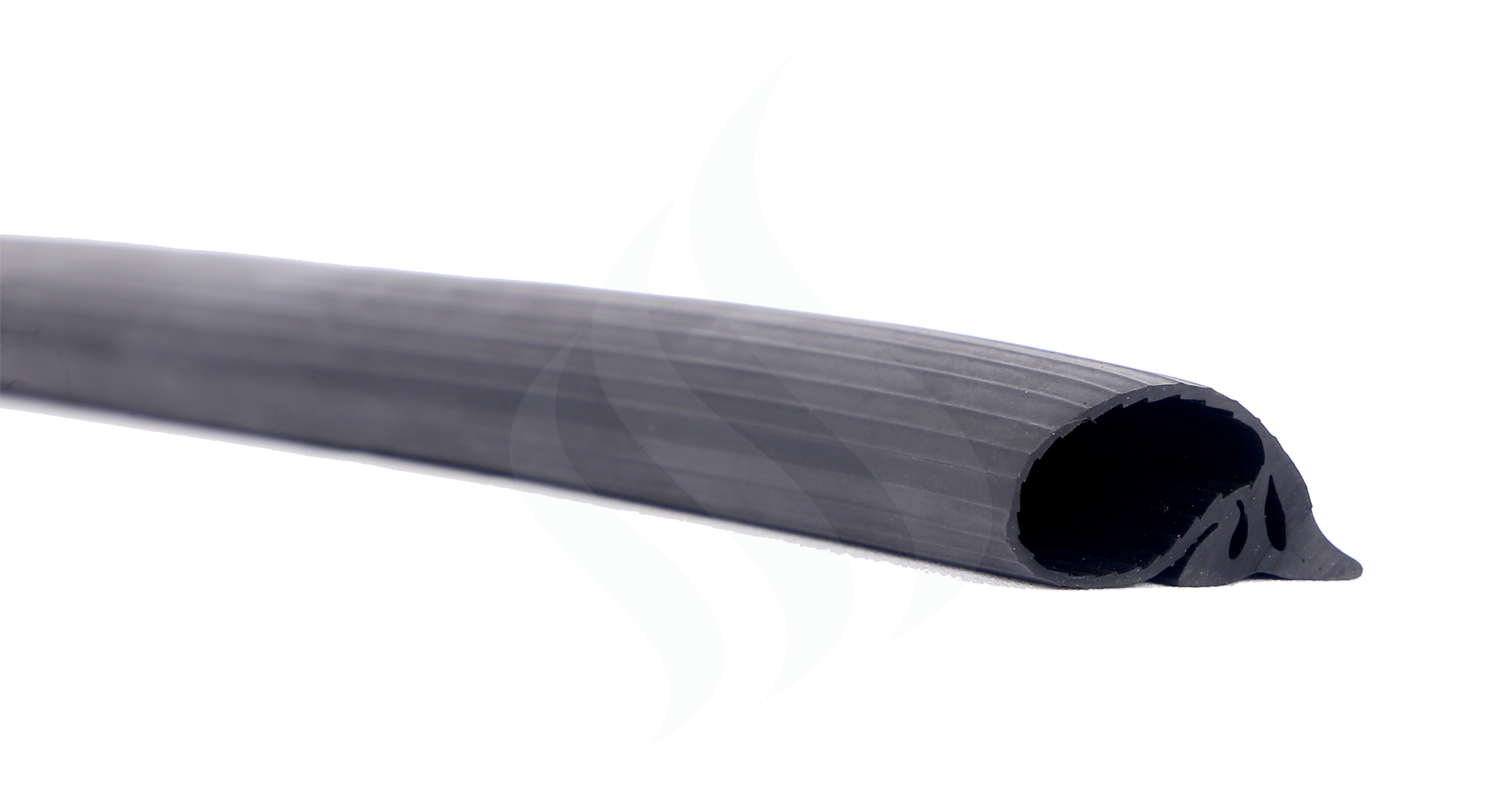
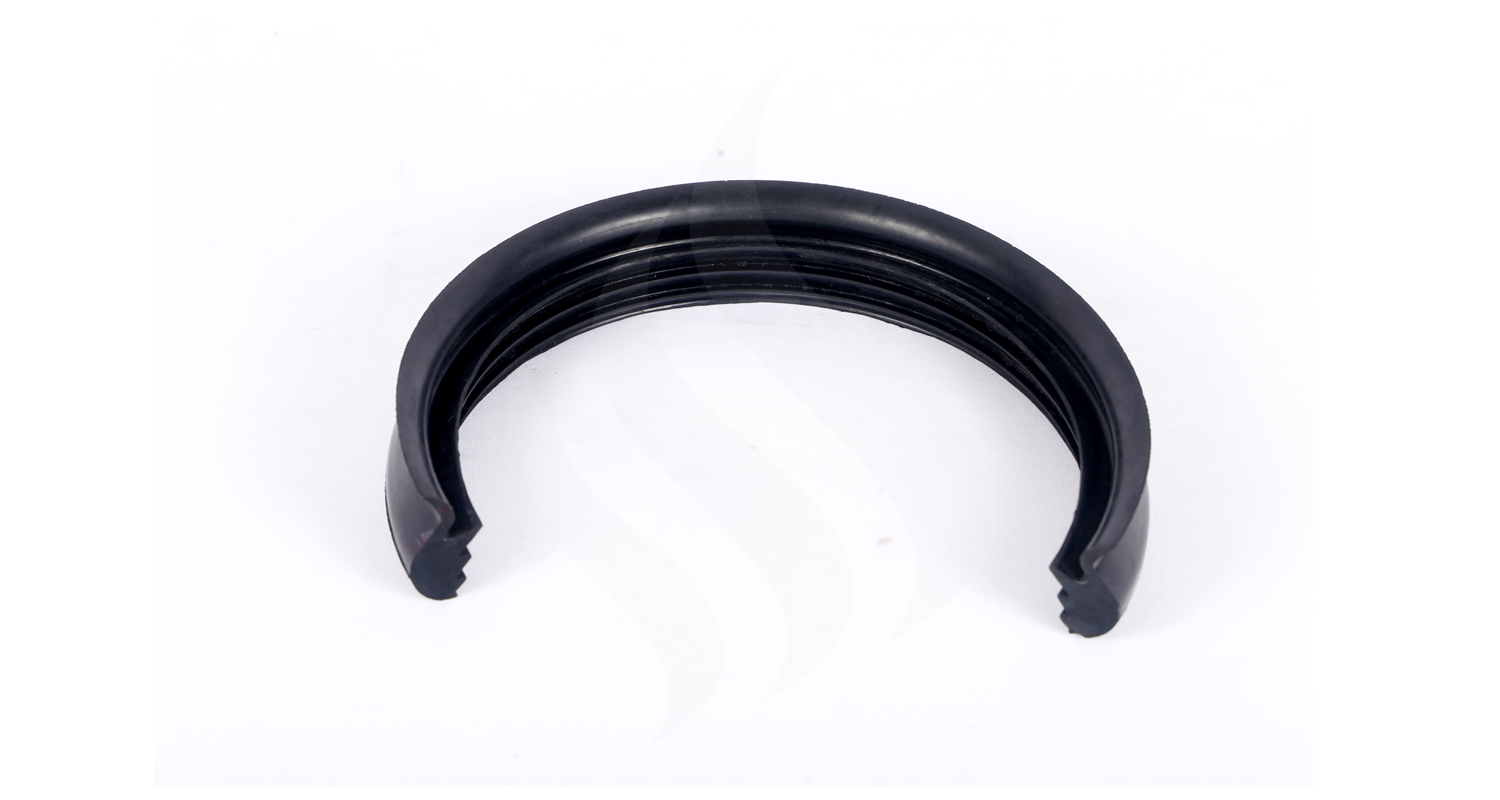
Pipe contractors should use good quality gaskets to ensure the longevity and effectiveness of their sealing systems. When selecting gaskets, they should consider factors such as the material, dimensions, and compatibility with the application and pipe system. Below are the solutions for common sealing challenges that pipe contractors face:
- Choose material wisely with proper research and dependable supplier. The material used for the gasket should be carefully evaluated based on the fluid or gas being transported, and it’s important to ensure that the supplier can provide materials that meet the necessary standards and specifications. With the right material and supplier, contractors can ensure that their sealing system will be reliable and effective for the long term.
- The dimensions of the gasket should be considered to ensure that it can accommodate the expected movement of the pipe system. Contractors should look for gaskets with high elongation properties and choose the appropriate material for the application.
- Contractors should choose gaskets made from materials that have low compression set values, as this will help ensure that the gasket maintains its sealing properties over time.
- For tight spaces and difficult angles, contractors can opt for specially designed gaskets that are angled or mitered to fit these unique sealing requirements. This solution can help ensure a proper fit and prevent leakage in hard-to-reach areas, ultimately saving time and reducing the risk of costly repairs.
- Compatibility issues can arise when gaskets are not suitable for the materials they will be in contact with, or when they are not designed to meet the specific needs of the application. Contractors should carefully consider the material compatibility and application requirements when selecting gaskets.
Using good quality gaskets that are designed to address specific sealing challenges can help contractors avoid common problems such as compression set, tight spaces and difficult angles, compatibility issues, and elongation of gaskets. By carefully selecting the appropriate gaskets for their application, contractors can ensure a reliable and effective sealing system.
Rubber Products offered by SagaSure
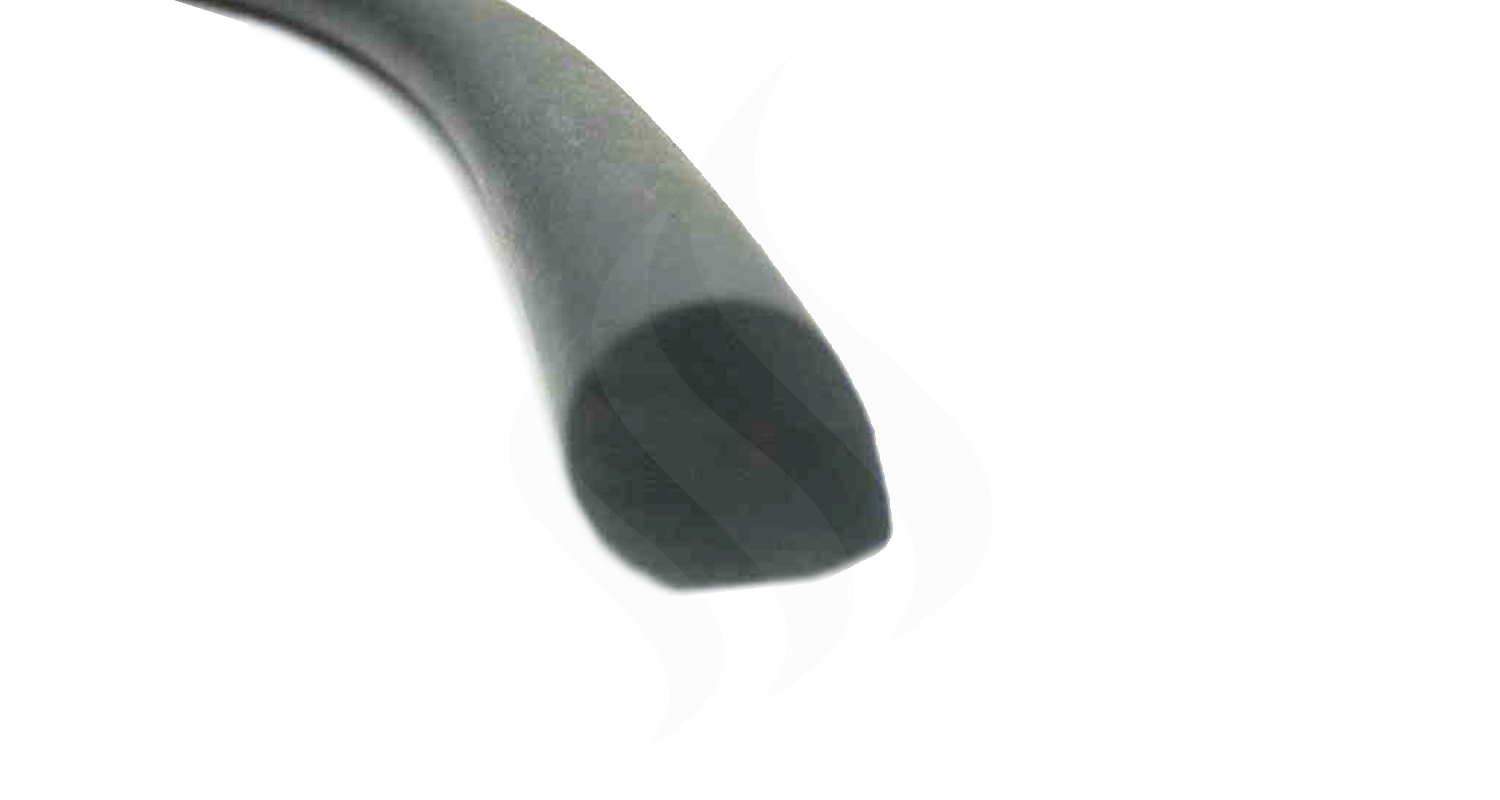
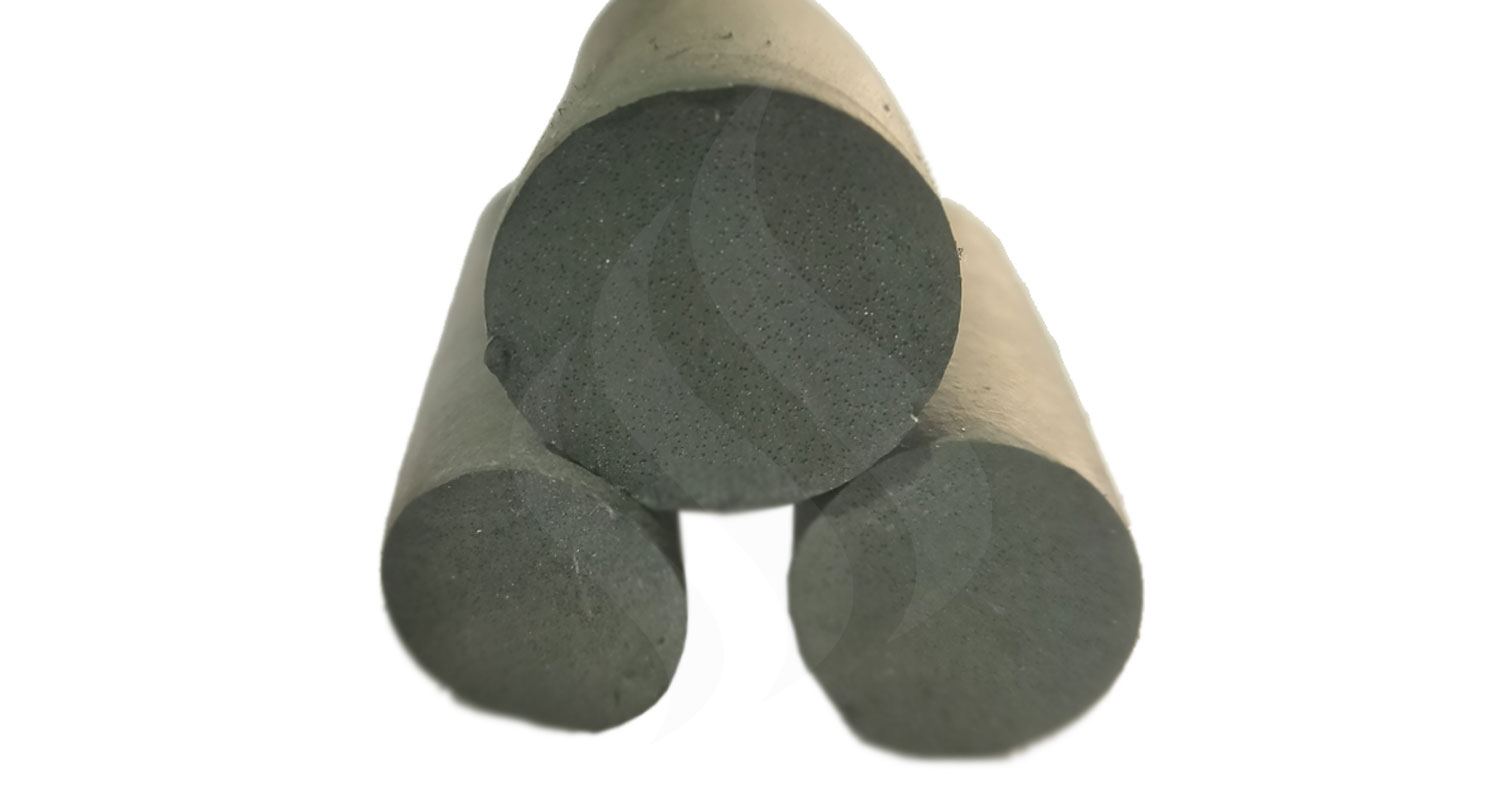
| SagaSure Products | Features & Benefits |
| Saga GRP Pipe Seals | Provide tight, efficient joints Designed to eliminate infiltration and exfiltration Available in SBR / EPDM / Neoprene / Nitrile Suitable for automatic assembly Need low insertion force Function well under extreme conditions Provide vacuum tight seal Highly durable Wide range Customization options available |
| Saga TOK (Wedge Type) & Angular Joints Seals For GRP, Clay, Plastic, Ductile Iron, Concrete Pipes |
Minimal assembly force leading to faster & easy installations Highly durable Wide range Customization options available |
| Saga Tear Drop Seals For Concrete Pipes | Prevents bends Prevents any inclination for the seal to slip out from the socket Minimal assembly force leading to faster & easy installations Highly durable Wide range Customization options available |
| Saga O Cords For Pipe Sealing | Very low compression set to give very good sealing Minimal assembly force leading to faster & easy installations Highly durable Wide range Customization options available |
| Saga Concrete Pipe Seals | Work well in internal and external pressure conditions Low assembly force leading to easier and faster installations Highly durable Wide range Customization options available |
Solutions Provided by SagaSure
SagaSure offers a wide range of high-quality pipe sealing solutions that are designed to meet the needs of various industries. We provide gaskets and seals in various sizes and materials, including solid and sponge EPDM, SBR, NBR (Nitrile), Silicone, and Viton. With our extensive experience and expertise, SagaSure can help contractors select the most suitable product for their specific requirements. Our commitment to quality, customization options, and exceptional customer service makes them a reliable partner for all pipe sealing needs. Whether it’s potable water, non-potable water, chemicals, oil, or gases, SagaSure has a solution that can provide a tight, efficient seal for even the most challenging pipe sealing applications. By using SagaSure’s pipe sealing solutions, contractors can reduce the risk of leakages and failures, saving time, and ultimately reducing costs.
#pipe seals #pipe gaskets EPDM sealing rings #sealing materials #EPDM #SBR #NBR #pipeline construction #pipe sealing rings #GRP pipes #concrete pipes #sealing force retention #elongation of gasket #good quality gaskets #pipe contractors #SagaSure # Saga GRP Pipe Seals # Saga TOK # Saga Tear Drop Seals # Saga O Cords #Saga Concrete Pipe Seals


